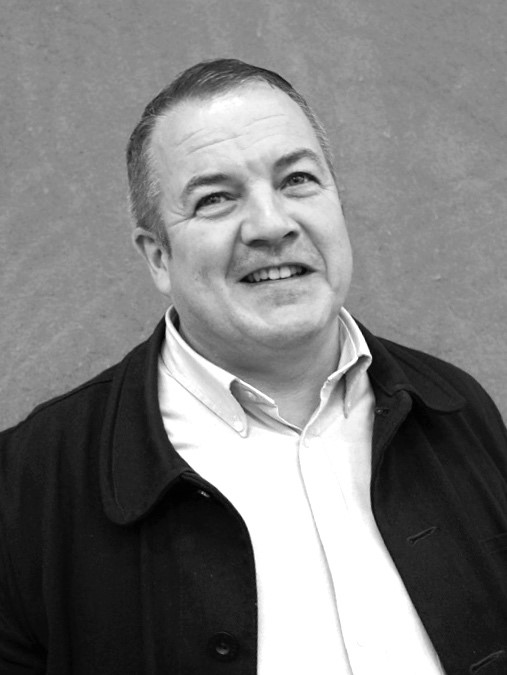Insights: Creating the mental map

At the Transform Awards Europe 2018, the best in rebranding and brand development was celebrated. Whybrow is one of this year's winners
Wayfinding (or ‘wayshowing’ as some people refer to it) is far more than the clever placement of a few signs – human beings use all sorts of visual references to find their way around which may include lighting and art installations, architectural features (i.e., escalators within department stores) and theoretical cognitive understanding of the built environment.
Theoretical cognitive understanding is built largely on our experience and learnt behaviour; when we arrive at a railway station we expect to encounter a vestibule, a ticket office, a coffee bar and train platforms labelled sequentially. Most cities or towns have their cathedrals or churches located at their centres (along with commercial activity), pubs and guest houses are located at crossroads, rivers are usually evident running through the conurbation, providing a fresh water source.
Humans on the whole are not stupid; we very quickly develop a mental map of the environment around us and this understanding enabled an intuitive and minimalist scheme to be developed for the new European headquarters for Bloomberg in London. A scheme that works in synergy with the incredible architectural features of the building and delivers its part of Michael Bloomberg’s ambition to create a building that is experienced by staff and the public as uplifting, coherent, people-centred, accessible, creating a ‘culture shift’ for its staff.
The challenges were considerable – some floors contain up to 800 workstations and first time visitors from other Bloomberg offices worldwide would not necessarily be picked up from reception and escorted to their desired destination within the building. All visitors were to be directed to the sixth floor ‘pantry’ a double-height animated space designed to encourage chance meetings and informal discussions before carrying on their way.
We developed a strategy based on a grid, with sequentially referenced rows labelled ‘A’ to ‘F’ running from left to right when leaving the visitor lifts; these rows are physically represented within the workstation space planning. A diagrammatic floor map featuring the rows has also been created to feature on monitor screen savers facing the lifts; these are designed to be very quickly understood and retained as a heads up ‘mental map.’ A central 210 metre-long, hypotrochoid stepped ramp flows through the full height of the building; smooth, continuous and clad in bronze, this also provides a strong orientation reference for the visitor as do the stone-clad lift cores and sensitively located artworks.
Our intuitive wayfinding scheme, along with the strong architectural references within the building, has resulted in minimal signage, or visual noise. Intuitive wayfinding, it’s far more than just the clever placement of signs.
Ian Whybrow is the managing director of Whybrow
Tickets for the Transform Conference 2018 in London are now available. Book here today.












